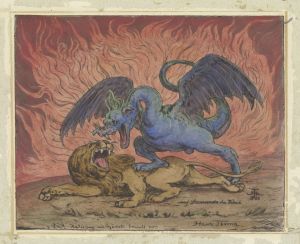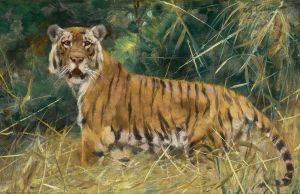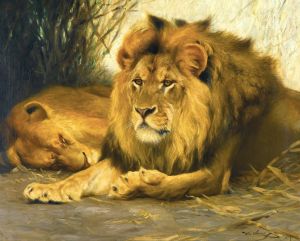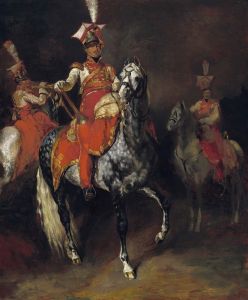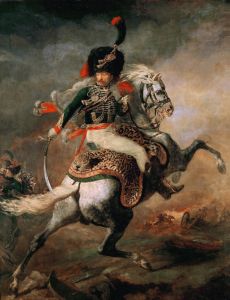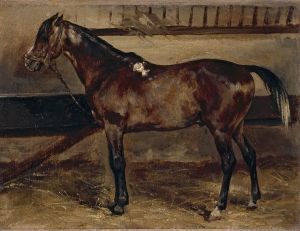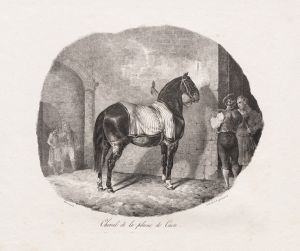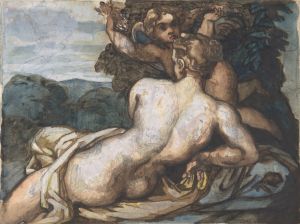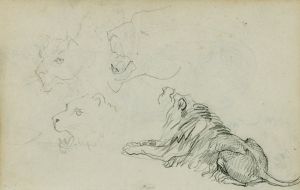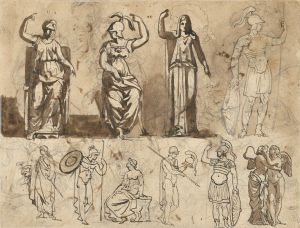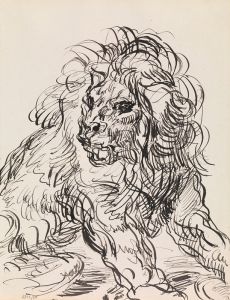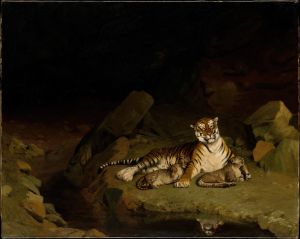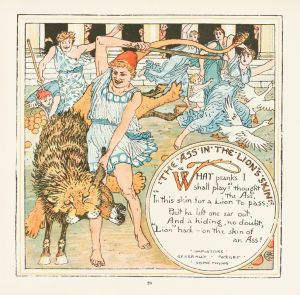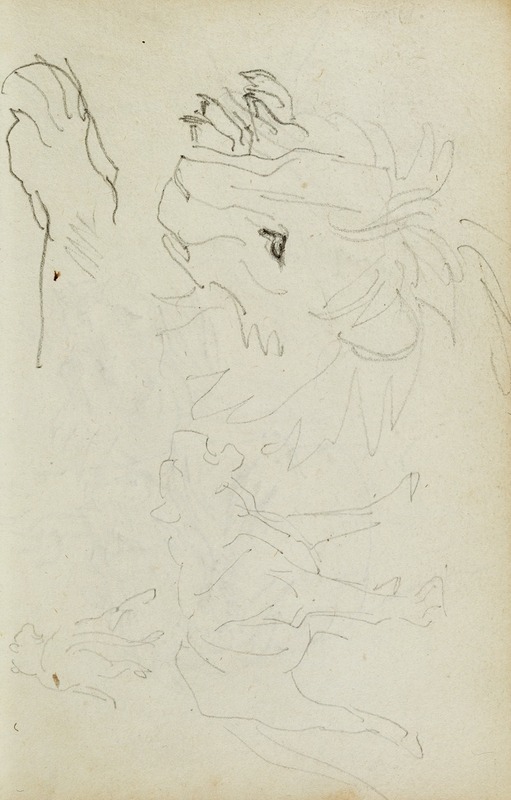
Lion studies
A hand-painted replica of Théodore Géricault’s masterpiece Lion studies, meticulously crafted by professional artists to capture the true essence of the original. Each piece is created with museum-quality canvas and rare mineral pigments, carefully painted by experienced artists with delicate brushstrokes and rich, layered colors to perfectly recreate the texture of the original artwork. Unlike machine-printed reproductions, this hand-painted version brings the painting to life, infused with the artist’s emotions and skill in every stroke. Whether for personal collection or home decoration, it instantly elevates the artistic atmosphere of any space.
Théodore Géricault, a prominent French Romantic painter, is best known for his dramatic and emotive works, including "The Raft of the Medusa." Among his lesser-known but equally significant contributions to art are his studies of animals, particularly lions. "Lion Studies" refers to a series of sketches and paintings created by Géricault that depict lions in various poses and states of activity. These works showcase his fascination with the natural world and his dedication to studying anatomy and movement.
Géricault's "Lion Studies" are believed to have been created during the early 19th century, a period when the Romantic movement emphasized the sublime, the powerful, and the untamed aspects of nature. Lions, as symbols of strength and majesty, were a fitting subject for Géricault's artistic exploration. His studies often portray lions in dynamic poses, capturing their muscular forms and expressive features with remarkable precision. These works demonstrate Géricault's keen observational skills and his ability to convey both the physicality and the spirit of his subjects.
The artist's interest in lions may have been influenced by his visits to menageries, where exotic animals were kept for public display. Such institutions were popular in Europe during Géricault's time, providing artists with opportunities to study animals up close. It is likely that Géricault sketched lions from life during these visits, using his observations as the basis for his finished works. His studies reflect a deep respect for the animals he depicted, as well as a desire to understand their anatomy and behavior.
Géricault's "Lion Studies" are typically executed in mediums such as pencil, ink, or oil paint. The sketches are often characterized by their loose, energetic lines, which convey a sense of movement and vitality. In contrast, his painted studies are more detailed and polished, highlighting his mastery of light, shadow, and texture. These works not only served as exercises in artistic technique but also contributed to the Romantic fascination with the wild and untamed aspects of nature.
While "Lion Studies" is not as widely recognized as some of Géricault's larger works, it remains an important part of his oeuvre. These studies provide insight into his artistic process and his commitment to capturing the essence of his subjects. They also reflect the broader Romantic interest in exploring the natural world and its many wonders.
Today, some of Géricault's lion studies can be found in museum collections and private holdings, where they continue to be appreciated for their technical skill and expressive power. They stand as a testament to Géricault's versatility as an artist and his enduring fascination with the beauty and strength of the animal kingdom.





